Despite having different characteristics, Vietnam's MATADOR and RPG-7 guns are considered a pair of anti-tank guns that can deal with most targets.
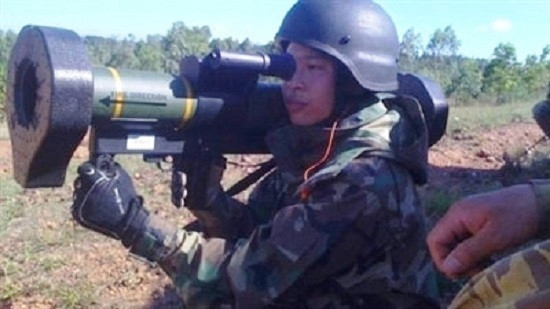 |
| The MATADOR anti-tank gun is one of many new, modern weapons that have been equipped for the Marine Corps of the Vietnam Navy. Together with the MATADOR gun, the RPG-7 makes up a pair of extremely powerful anti-tank guns in the Vietnam Army. |
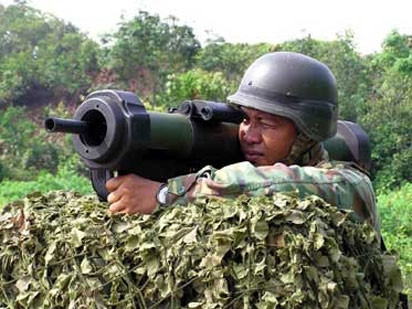 |
| If we evaluate these two weapons based on some basic criteria, we can see that each has its own advantages and disadvantages. First of all, talking about MATADOR, this is not a missile nor is it a true anti-tank weapon. |
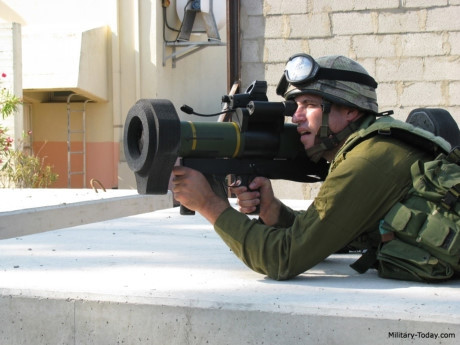 |
| The MATADOR's armor penetration is not too strong, so the gun can only fight against light armored vehicles with thin armor (suitable for attacking Navy armored forces). The main effect of the MATADOR is to destroy walls, bunkers and enemy firing points. |
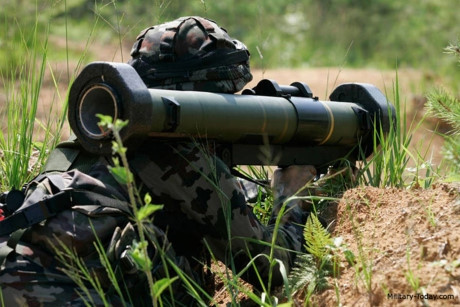 |
| However, the special feature of MATADOR is that the same bullet can switch from HEAT to HESH mode. HEAT is a concave explosion mode used to penetrate steel when the explosive is wrapped around a funnel-shaped energy plate made of heavy and thin material. |
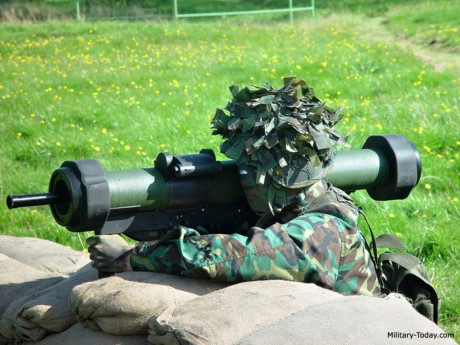 |
| When exploding, the funnel converges energy into a small point for deep penetration, while HESH, on the other hand, is a non-converging bullet. The bullet is made of a thin steel shell containing plastic explosives. The fuse is placed behind and waits for the explosives to flatten before detonating, so the energy is spread out to break a large hole in the thin wall. |
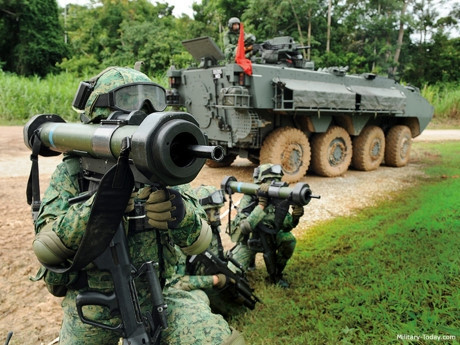 |
| HEAT single layer penetrates deep into thick armor but the hole is small, slow to destroy the structure, HESH breaks large holes quickly but cannot penetrate thick armor. These two detonation methods are chosen by the nose rod transmitting the impact force. MATADOR bullet has a long rod with a plasticizing charge behind the rod, when the nose rod touches the wall, the plasticizing charge is released into a ring against the wall, cutting the wall into a ring. MATADOR can cut walls with a thickness of 75cm to 100cm. |
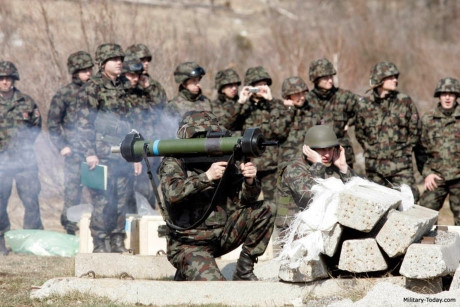 |
| Meanwhile, with RPG-7, to solve different targets, this familiar weapon to Vietnamese soldiers does not use the method of switching bullet modes but uses specialized bullets, but still ensures that all requirements are met, even providing superior capabilities. |
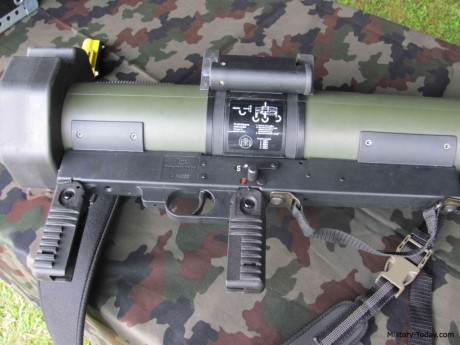 |
| For anti-tank missions, if the RPG-7 uses the single-stage PG-7VL bullet, it can penetrate 330mm RHA and when using the double-stage anti-ERA PG-7VR bullet, the penetration is up to 750mm RHA. With a good impact angle, the RPG-7 is capable of taking down a modern main battle tank. |
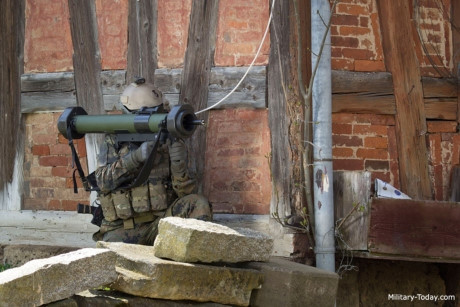 |
| For the mission of fighting bunkers and fortifications, the RPG-7 is equipped with the TBG-7 thermobaric shell with the destructive power equivalent to a 120mm artillery shell. Although the TBG-7 shell is not accurate enough to go through the loophole like the MATADOR, is this really necessary when the TBG-7 is powerful enough to destroy the bunker? |
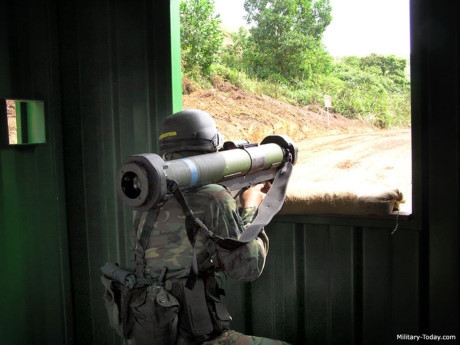 |
| The real advantage of MATADOR over RPG is its higher range and accuracy. MATADOR uses a light bullet with a high initial velocity of up to 250m/s, an effective range of 500m allowing the gunner to fire from a safe distance, while RPG-7, despite its great destructive power, has an effective range of only 300m, an initial velocity of 144m/s with single-layer hollow-point bullets, anti-bunker thermobaric bullets or anti-infantry fragmentation bullets. |
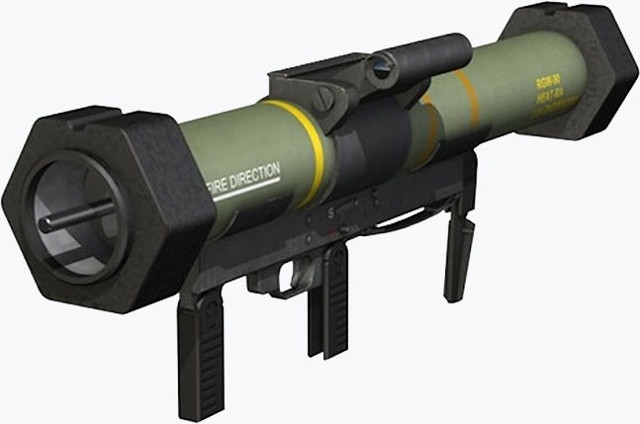 |
| With the PG-7VR 2-stage ammunition, to increase the destructive power of this ammunition, many sacrifices must be accepted, such as the initial velocity being reduced to less than 100m/s, only equal to the B-40 due to the very heavy ammunition, the effective firing range is only 100m, this is a very dangerous distance in modern warfare. However, compared to the RPG-7, MATADOR is still considered the most powerful anti-tank gun pair in the world today. |
According to Baodatviet











